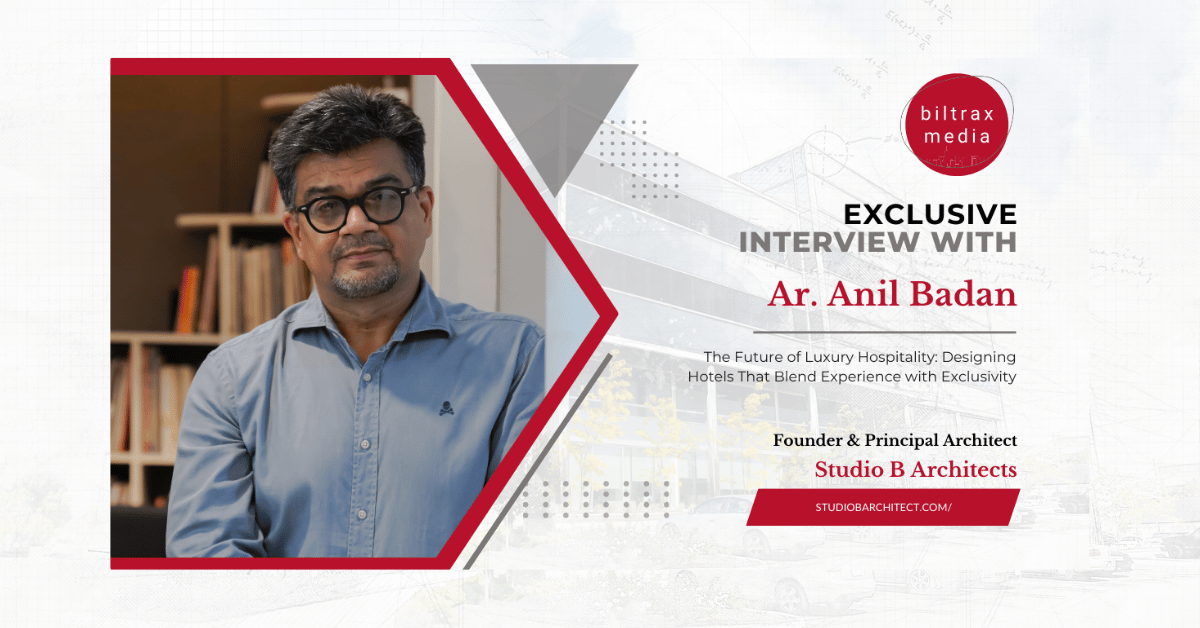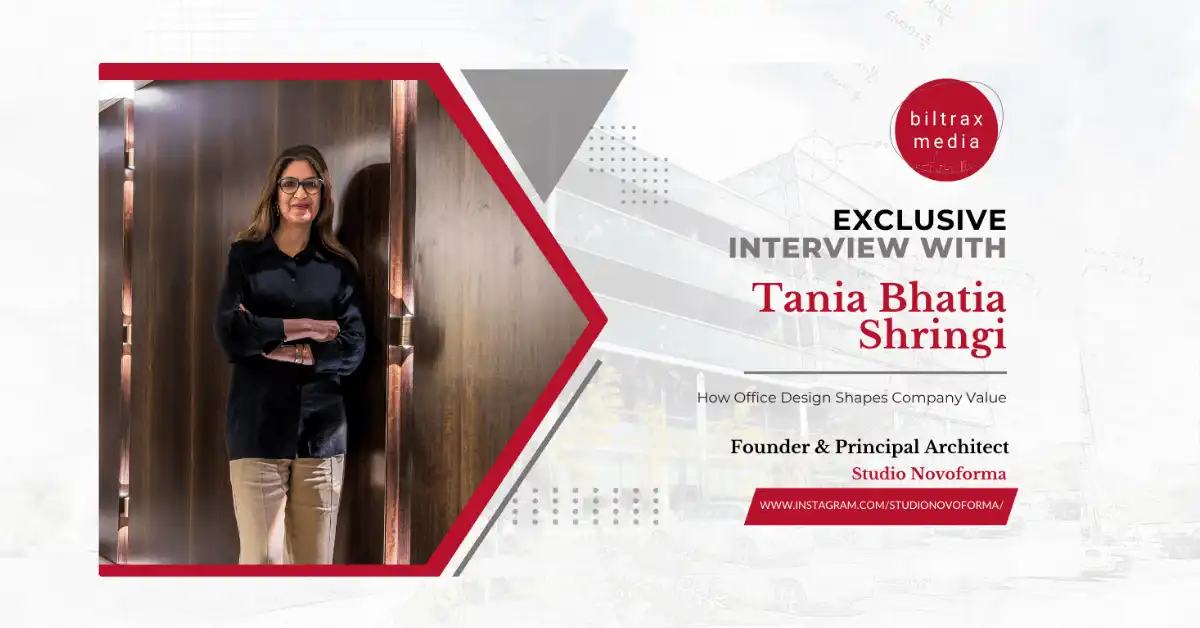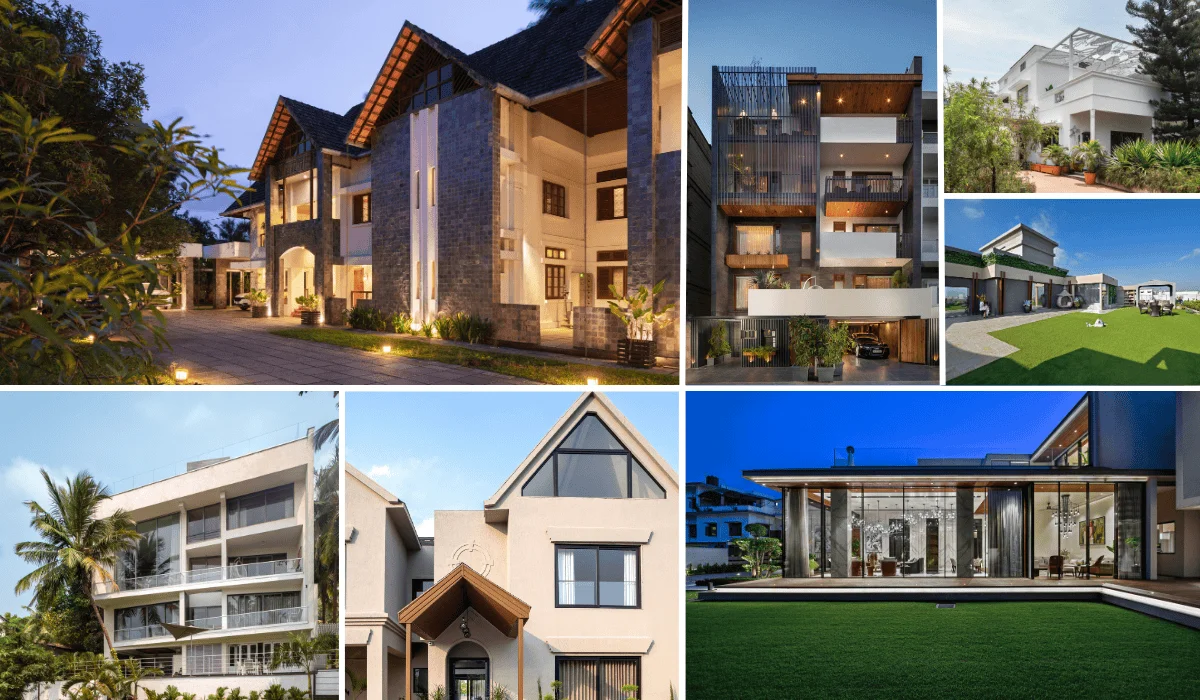Case Design shares their thoughts on why context is priority. The term ‘case’ means a protective covering or an envelope of a sort. But what it also means is an ‘instance.’ Samuel Barclay decided to name the firm he co-founded with his wife Erica Barclay, ‘Case Design’ based on the latter meaning of the word. To the leadership of the firm, including Saleem Bhatri, and the rest of their team, each design is an individual case – with its advantages, constraints, and most importantly, a unique context. Dedicated to designing each project as an experience, the firm believes in being detail-oriented and thorough with their work.
One look at the Avasara Academy in Pune and no one would guess that the principal architect studied architecture outside India. Sensitive to the fact that the students will be living away from their homes, the focus was to design surroundings that would feel familiar and homely to the girls. The focus of classroom design is on facilitating effective learning. Free-flowing seating arrangements replaced conventional seating arrangements. The furniture design allows for easy mobility.

At Avasara Academy, corridors, courtyards, vestibules, and staircases have been designed to allow students to have social interactions, hold classes, or even sit in silence.
“The seating could be set up in a circle if that was the most conducive to the conversation of the dialogue that was happening. Or if some teacher wanted a normative experience to let them all look like soldiers”, Samuel Barclay revealed light-heartedly. The desks and chairs are light-weight; to allow the students to carry them outside the class into open spaces. Although most learning happens in classrooms, the design team also gives additional attention to the transitional spaces. The team designed the corridors, courtyards, vestibules, and staircases to allow students to have social interactions, hold classes, or even sit in silence.
Similarly, in the upcoming Sports Academy at Goa, the team designed the buildings at a distance from each other. This in turn makes the campus appears less intimidating. To Case Design, the positioning of trees is as important as the positioning of buildings. They firmly believe in nature’s role in creating an experience, especially in the Indian context. “Landscape architecture plays a huge role in creating an experience for a campus that is outside the city”, comments Samuel Barclay.

In addition to experience, trees and other landscape elements play a pivotal role in sustainability. The design team can make practices such as rainwater harvesting aesthetically pleasing. However, to Samuel Barclay, environmental sustainability is not the only goal. The architect also strives to achieve economic and social sustainability for his projects.
“The last thing, I think, that any of us want for projects that we worked so hard to create is for them to become something that is no longer useful. So while it’s just simply the right thing to do morally and ethically, it’s also something that just practically makes sense – if we want the work that we create to have a life and to exist in the world. We have to consider sustainability in the same way that we have to consider the budget”, says Samuel Barclay.



Stemming from the principal’s affinity to workshop culture, Case Goods came into full swing when the designers realized furniture designed for specific projects would be viable in other contexts too.
Sharing his experience of working in India, the architect feels while the architecture fraternity and technicians of the country are somewhat at a cross with each other – both of them are two sides of a coin. In the Indian scenario of finding the balance between aesthetics and budget constraints, Samuel Barclay seems to have found his field expertise – innovation. The firm’s approach helps saturated professionals – both architects and technicians – to see their project with a set of new eyes.
It should not come across as shocking when we say that Case Design also has a product design branch called Case Goods. Stemming from the principal’s affinity to workshop culture, Case Goods came into full swing when the designers realized furniture designed for specific projects would be viable in other contexts too. As for the future, Samuel Barclay was all smiles while talking about his upcoming project in Alibaug – something that he had been manifesting to bag since he began practising.
Case Goods
Visit: www.casegoods.in
E-mail: mail@casegoods.in
Case Design
Visit: www.casedesign.in
E-mail: mail@casedesign.in
Contact: +91 – 22 4971 4653 (Mumbai)
Biltrax Construction Data is tracking 11000+ projects on its technology platform for its Clients. Email contact@biltrax.com to subscribe and generate business leads.
Discover more from Biltrax Media, A Biltrax Group venture
Subscribe to get the latest posts sent to your email.




























